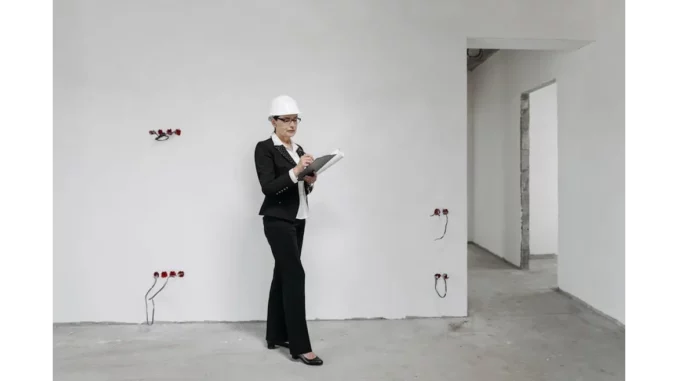
By John Williams
Need a mortgage? Focus360 Energy provides Professional Consultant Certificates. Learn more.
The landscape of building safety in the UK is currently being shaped by significant regulatory changes and industry-wide collaborations. To get a firsthand account of these developments, I sat down with Mike, a seasoned project manager working in the construction industry. Mike has been navigating the intricacies of aligning the Building Safety Act (BSA) with the new Version 4 of the Common Assessment Standard (CAS) by Build UK.
We met in a cosy café, a perfect setting for a relaxed yet insightful conversation. As someone deeply entrenched in the construction industry, Mike had much to share about the changes introduced in October 2023 and the upcoming release of CAS Version 4 in July 2024.
“John, the changes brought about by the Building Safety Act are monumental,” Mike began, sipping his coffee. “They’ve really shifted the way we think about building safety, especially after the Grenfell Tower tragedy. The establishment of the Building Safety Regulator is a game-changer. It’s not just about having another regulatory body; it’s about having an authority that oversees and enforces safety standards with a clear mandate.”
One of the most impactful changes, Mike noted, was the clarification of duty holder responsibilities. “Earlier, accountability was somewhat fragmented. Now, it’s crystal clear who is responsible at every project stage—from design and construction to occupation. This clarity has made a massive difference in how we approach our projects.”
Mike went on to explain the importance of the ‘golden thread’ concept introduced by the amendments. “The ‘golden thread’ is essentially a digital record of all building information, including design, construction, and maintenance details. This record must be maintained and updated throughout the building’s lifecycle. It ensures transparency and accountability, which are crucial for better decision-making and risk management.”
As our conversation delved deeper, Mike highlighted how Build UK’s Common Assessment Standard (CAS) aligns with these enhanced safety standards. “The CAS pre-qualification process is now more comprehensive and consistent. By aligning it with the Building Safety Act, Build UK ensures that all suppliers are evaluated against a robust set of criteria. This alignment helps in maintaining a high standard of safety across the board.”
Mike was particularly enthusiastic about the changes to the question set in CAS Version 4. “The new questions directly relate to the expanded duties of holders and the requirements surrounding the ‘golden thread’. This thoughtful review process ensures that the duty holders can be precisely defined, making the assessment process more relevant and effective for each supplier. It acknowledges the varied roles we play in construction projects, which is vital given the nuanced responsibilities introduced by the BSA amendments.”
He also mentioned the importance of supporting customised compliance. “In our industry, one size definitely does not fit all. Buyers have different needs and requirements, especially when it comes to high-risk buildings. The CAS Version 4 aligned question set addresses this by allowing for more tailored assessments. This is where the Achilles BuildingConfidence programme comes into play.”
According to Mike, Achilles’ BuildingConfidence programme, which will include the CAS Version 4 aligned question set starting from July, is a significant step forward. “It ensures that construction companies can comprehensively demonstrate their compliance with the latest safety standards. This alignment helps businesses navigate the complexities of the new regulations, enhancing transparency and confidence in supply chain operations.”
“Through buyer-specific questions or project/event-based Information Requests (IRs), Achilles enables targeted assessments,” Mike explained. “This customisation is crucial for projects involving high-risk buildings or specialised construction tasks. It ensures that supplier qualifications are precise and relevant, meeting industry standards and specific project needs.”
Our conversation was indeed an eye-opener. The alignment of the Building Safety Act with the Common Assessment Standard Version 4 is not just a regulatory requirement but a significant step towards a safer construction industry. Mike’s insights underscored the importance of these changes and how they contribute to a culture of safety and accountability.
As we wrapped up, Mike left me with a thought-provoking remark: “John, these changes are not just about compliance; they are about creating a safer environment for everyone involved—from the construction workers to the residents. It’s a collective effort, and we’re all in this together.”
In the ever-evolving landscape of building safety, such first-hand experiences and insights are invaluable. They serve as a testament to the industry’s commitment to prioritising safety and accountability, ensuring a better and safer future for all.
John Williams


Be the first to comment